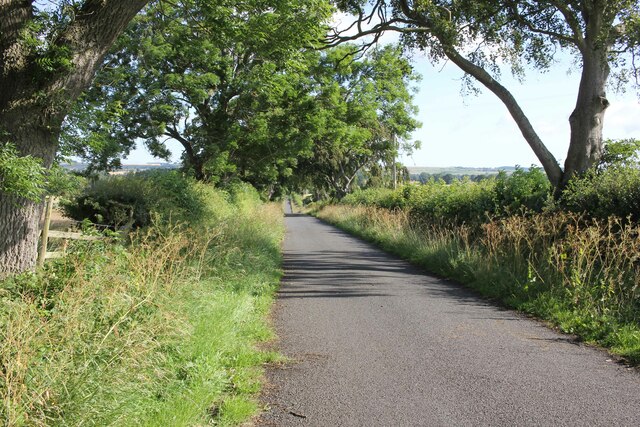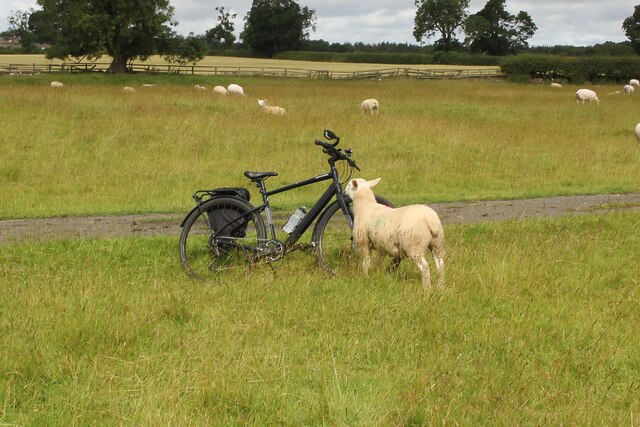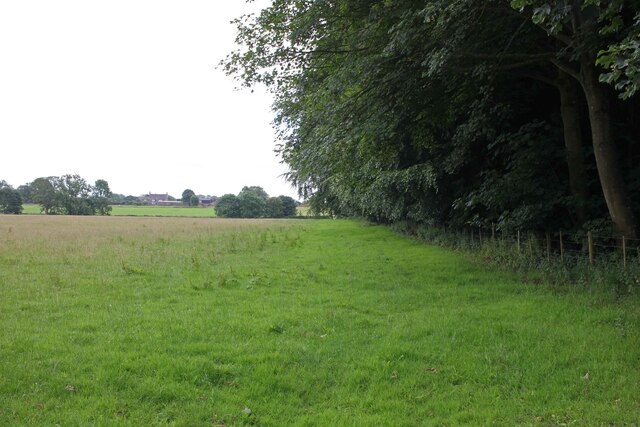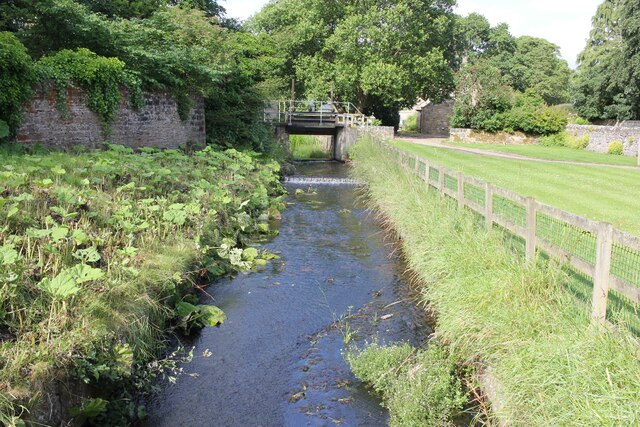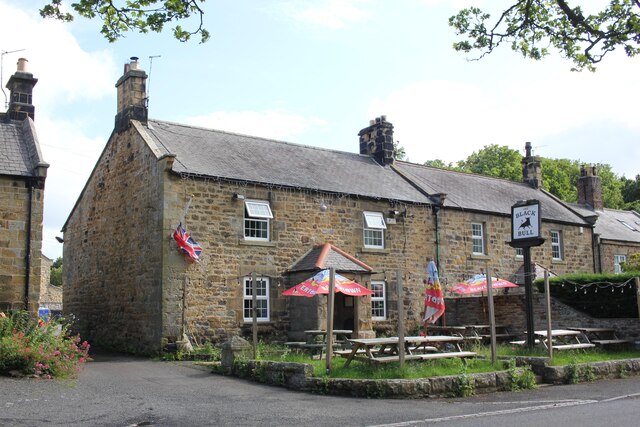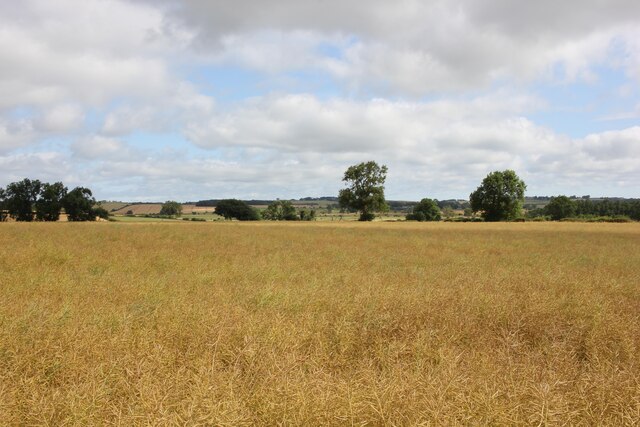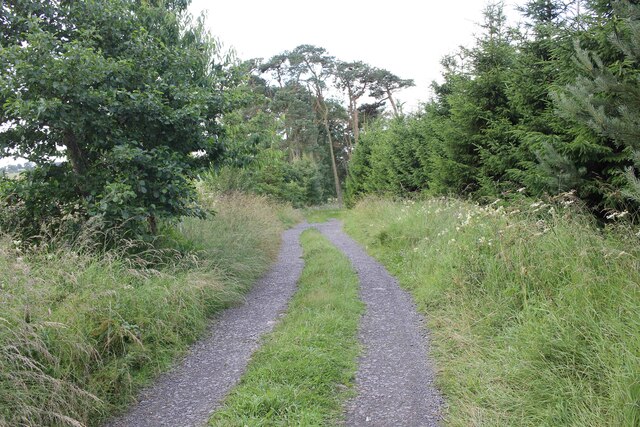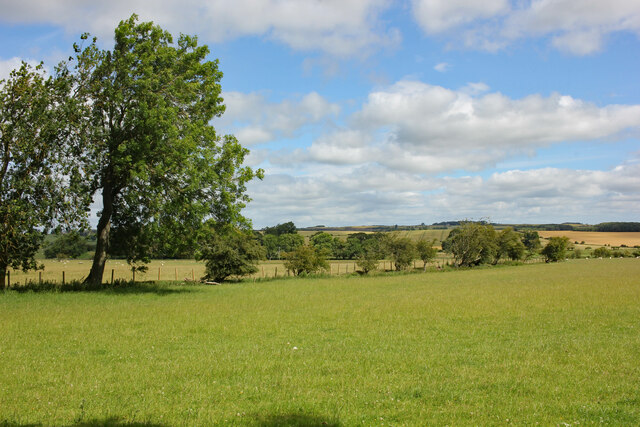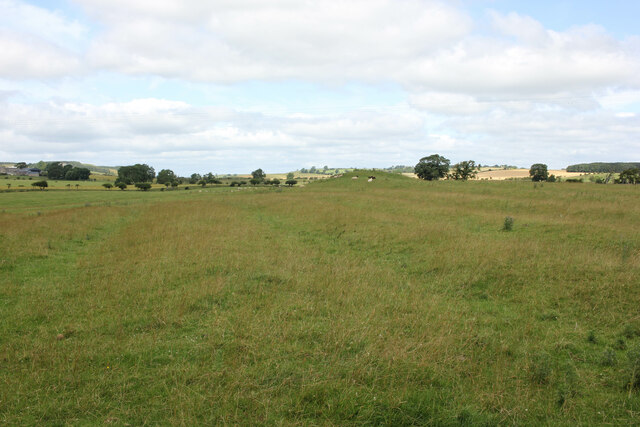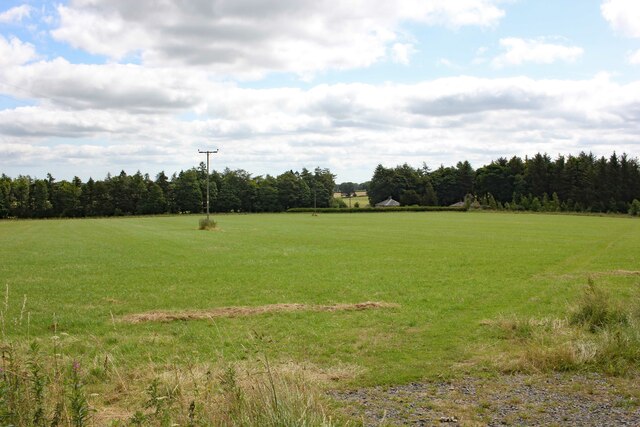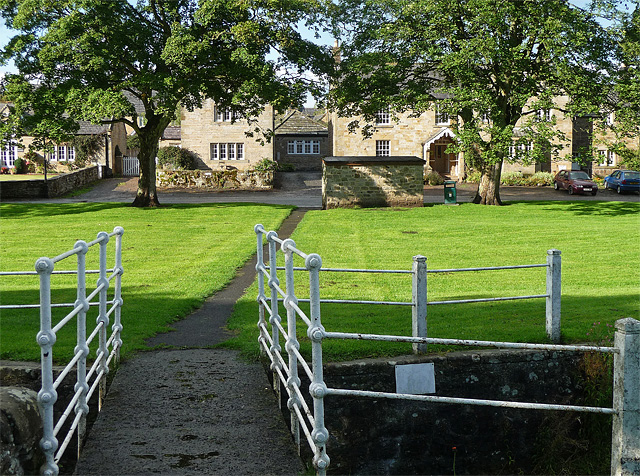Hall Wood
Wood, Forest in Northumberland
England
Hall Wood
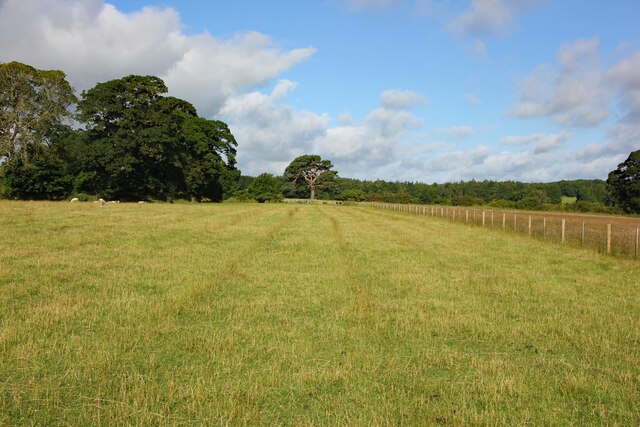
Hall Wood is a picturesque forest located in the county of Northumberland, in the northeast of England. Covering an area of approximately 100 hectares, it is a popular destination for nature enthusiasts and outdoor lovers alike. The wood is situated near the village of Hallington, nestled within the beautiful landscape of the North Pennines Area of Outstanding Natural Beauty.
Dominated by a mix of native deciduous and coniferous trees, Hall Wood offers a diverse ecosystem that supports a wide array of wildlife. Visitors can expect to encounter a variety of bird species, including woodpeckers, owls, and thrushes. The forest floor is also teeming with smaller creatures such as rabbits, voles, and squirrels.
The wood boasts a network of well-maintained footpaths and trails, making it an ideal location for walking, hiking, and cycling. These paths wind through the enchanting woodland, offering stunning vistas and opportunities for exploration. In spring, the forest comes alive with a riot of colors as the vibrant bluebells carpet the forest floor.
Within the wood, there are several designated picnic areas where visitors can relax and enjoy the tranquil surroundings. Additionally, there are ample opportunities for birdwatching and photography, with designated hides and viewpoints strategically placed throughout the wood.
Hall Wood provides a serene escape from the hustle and bustle of everyday life, offering visitors a chance to immerse themselves in nature's beauty. Whether it's a leisurely stroll, a family picnic, or a birdwatching adventure, Hall Wood is a hidden gem waiting to be discovered in the heart of Northumberland.
If you have any feedback on the listing, please let us know in the comments section below.
Hall Wood Images
Images are sourced within 2km of 55.040296/-1.9498028 or Grid Reference NZ0371. Thanks to Geograph Open Source API. All images are credited.
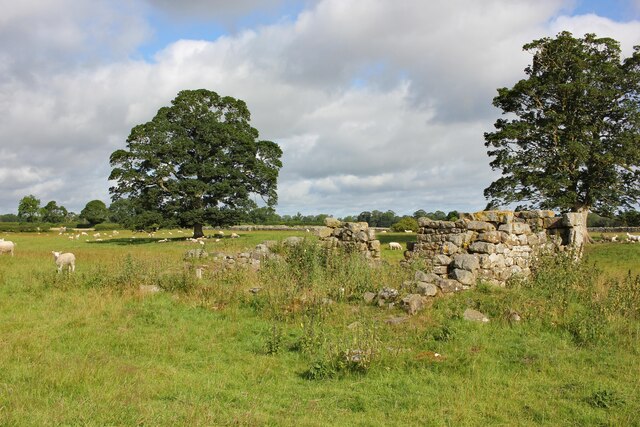
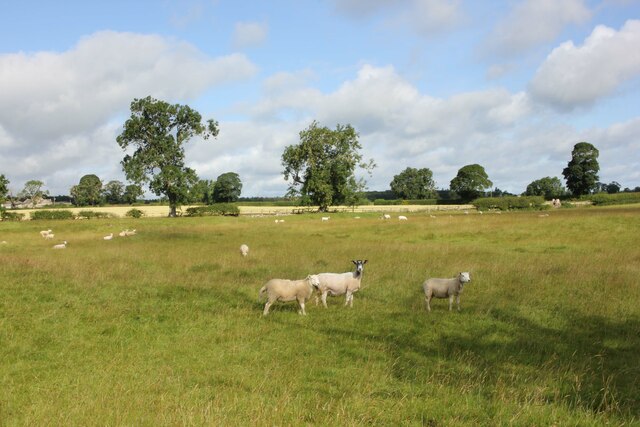
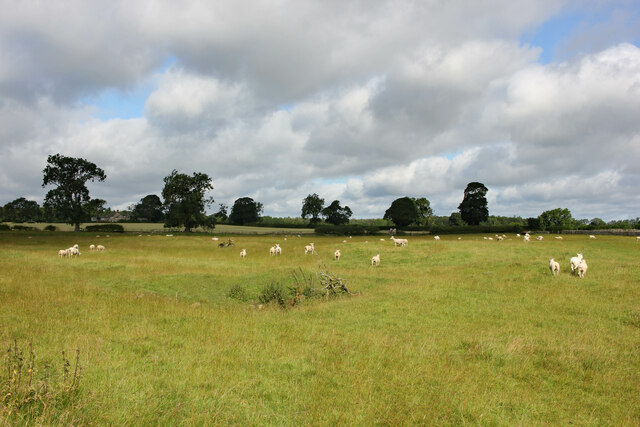
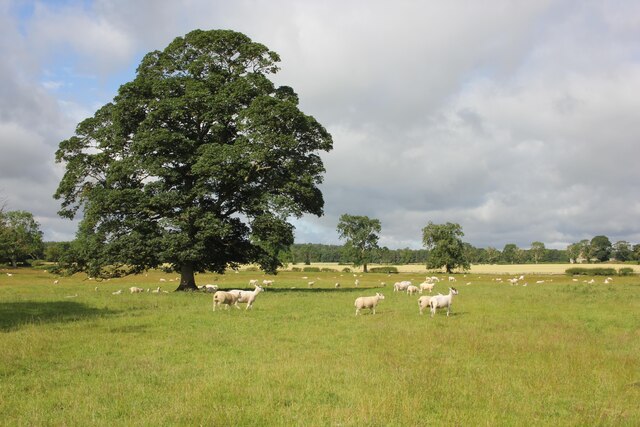
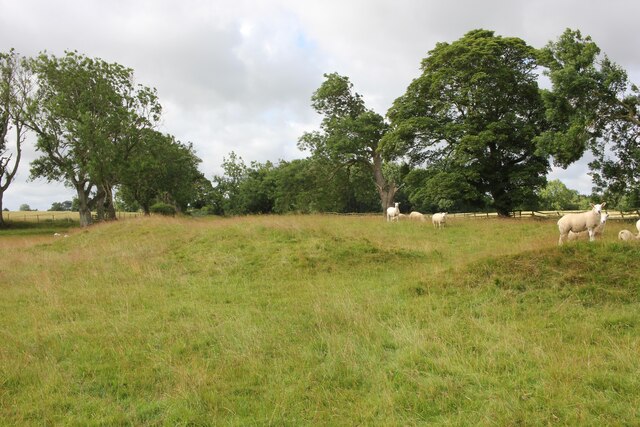
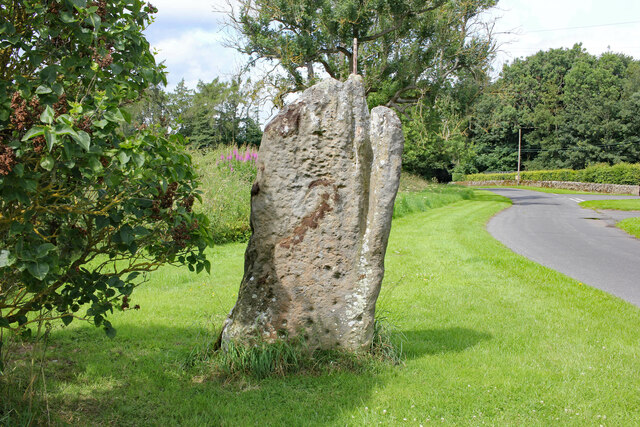
Hall Wood is located at Grid Ref: NZ0371 (Lat: 55.040296, Lng: -1.9498028)
Unitary Authority: Northumberland
Police Authority: Northumbria
What 3 Words
///buckling.defensive.prelude. Near Corbridge, Northumberland
Nearby Locations
Related Wikis
Matfen Hall
Matfen Hall is a 19th-century country mansion in Matfen, Northumberland, England, the seat of the Blackett baronets and now also a hotel and country golf...
Matfen
Matfen is a village and a civil parish in Northumberland, England, near the town of Hexham and the city of Newcastle upon Tyne. It is an example of a 19th...
Fenwick Tower, Northumberland
Fenwick Tower was a 12th-century tower house at Fenwick, Matfen, Northumberland, England. The house was the home of the Fenwick family from the 12th century...
Great Whittington
Great Whittington is a village and former civil parish, now in the parish of Whittington, in Northumberland, England, 7 miles NE of Hexham. In 1951 the...
Ryal, Northumberland
Ryal or Ryall is a village and former civil parish about 13 miles from Hexham, now in the parish of Matfen, in the county of Northumberland, England. In...
Milecastle 19
Milecastle 19 (Matfen Piers) was a milecastle of the Roman Hadrian's Wall. Sited just to the east of the hamlet of Matfen Piers, the milecastle is today...
Milecastle 20
Milecastle 20 (Halton Shields) was one of the milecastles on Hadrian's Wall (grid reference NZ01886868). It is situated in the hamlet of Halton Shields...
Milecastle 18
Milecastle 18 (East Wallhouses) was a milecastle of the Roman Hadrian's Wall. It is located to the west of the settlement of East Wallhouses in Northumberland...
Nearby Amenities
Located within 500m of 55.040296,-1.9498028Have you been to Hall Wood?
Leave your review of Hall Wood below (or comments, questions and feedback).
